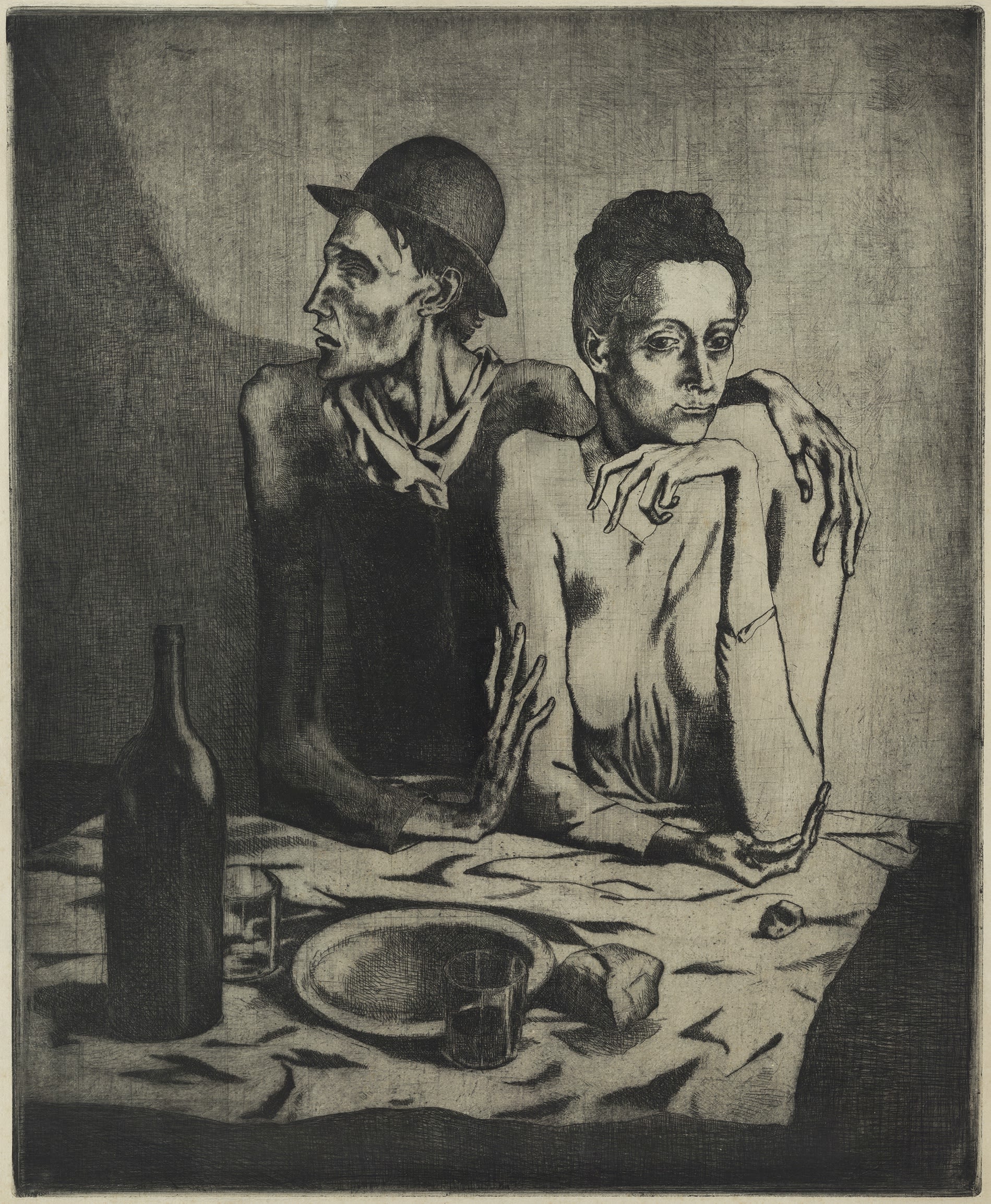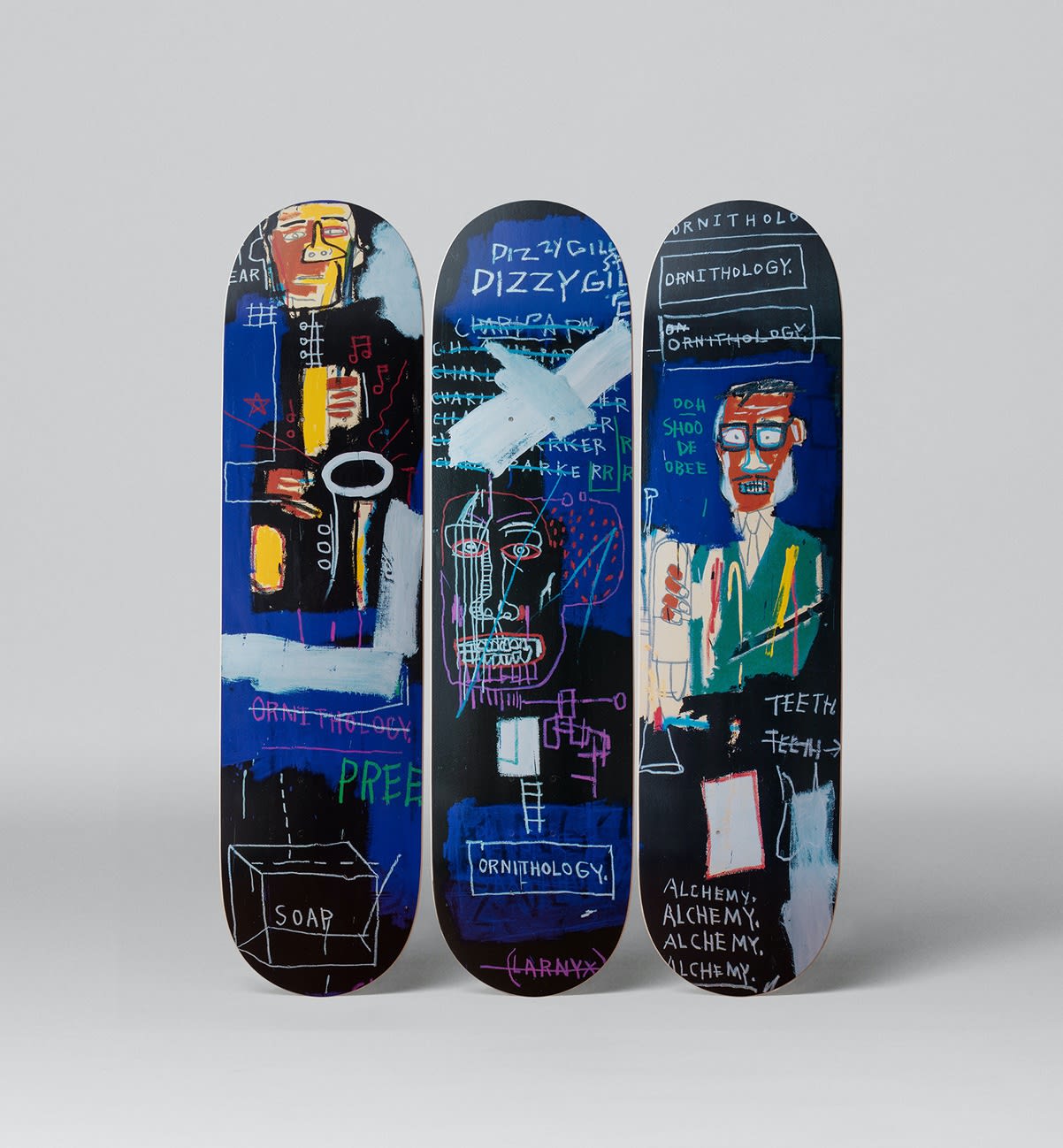
Limited Edition Prints: What to know when buying them?
The term ‘print’ can often give the impression of a cheap, mass-produced printed piece of paper that doesn’t have much value. However, did you know that some of the most expensive prints by Edvard Munch and Pablo Picasso have exceeded a value of millions of pounds? This misunderstood medium has great value in the art market, but when you begin to collect photography or artist prints, there is essential information that should be kept in mind, in order to understand the long-term value of the artwork. There is a lot of specific terminology and factors that may be encountered when trying to acquire such a work, such as ‘limited edition’, an extension to an edition, the number of works in the series, and what this can mean for the value of these prints. Here at Pavillon54, we represent some incredible African photographers and work only with limited edition prints. So, what does this mean for a collector when acquiring a limited-edition print via Pavillon54?

Picasso's The Frugal Meal, etching on vergé Arches paper. Sold at Christie's for 1,945,250 GBP
What are limited editions?
Put simply, if a print or photograph is in limited edition, it means that there is a specific number of this image available on the art market. Limited edition prints are always of the same image, and usually of the same size. A series of the same image but in a larger or smaller format typically consists of a separate edition. The number of prints in an edition can run from anywhere between two to the thousands, however the most common number of prints you may find in an edition are three, eight, fifteen and thirty. Generally, the fewer the number of prints there are in an edition, the more valuable the artwork. This is because the prints are fewer in number and are therefore rarer. However, multiple factors weigh in on the final price of a print, and it can vary depending on the reputation of the artist, size of the print, if the print is signed by the artist, and the overall quality of the artwork. For example, a limited edition of thirty prints by Picasso will always be more expensive than a limited edition of three prints by an emerging photographer. However, more often than not, a limited edition of three prints by Picasso will be more valuable than a limited edition of thirty prints by the same artist.

Chris Ofili's Untitled, etching with aquatint and drypoint printed in red, 1999-2000, from the Cubitt Portfolio. Sold at Sotheby’s for 1,625 GBP
What is an open edition?
Contrary to a limited edition, an open edition has no limit on the number of artworks that can be created and is reprinted dependant on demand (including in merchandise). These artworks usually have a fixed price, and do not gain much value over the years, as there could be millions in circulation. However, open editions are usually much more affordable, and are a good choice if you love the artwork and the artist and aren’t planning on reselling the work for investment in the future.

Open Edition, Estate of Basquiat licensed by Artestar 2018 Jean - Michel Basquiat's Horn Players, 1983
What does an extension on a limited edition mean?
Very rarely, an artist, gallery or artist’s estate may extend a limited edition and produce more prints of the image, even after the original number of limited-edition prints have been sold. These subsequent series of prints are called the ‘second edition,’ ‘third edition’, and so on, and are usually of lower value than first edition prints. Sometimes, new editions of a limited series can be released after an artist’s death by the gallery or estate, and is known as a ‘posthumous edition’. Posthumous editions are often far less valuable than the prints released during the artist’s lifetime, as there are often debates on whether or not the artist intended to release so many editions of the artwork.

Gordon Parks's Drinking Fountains, Mobile, Alabama, 1956 injet print of 2015 (printed posthumously by the Gordon Parks Foundation, print acquired by the Museum of Contemporary Photography, Chicago)

Basquiat’s Flexible, screenprint on museum board. Conceived in 1984 (printed posthumously and signed by Lisane Basquiat and Jeanine Heriveaux). Sold at Sotheby’s for 93,750 USD
Size of the edition vs. size of the print
As already mentioned, the smaller the edition of prints, the rarer and more valuable the artwork in the series. However, as with most artworks of other media such as painting, the larger the artwork, the more expensive it is likely to be. Let’s return to our example of the Picasso print. A large print of Picasso’s, 100 x 100 cm in a limited edition of three, is likely to be more expensive than a smaller print of 20 x 20 cm, also in an edition of three.

Limited editions signed and certified from our e-gallery by Asiko, Malick Kebe, Delphine Diallo and Alexis Chabala
How can you get proof of an authentic print?
There are a couple of elements that could contribute to the authenticity of a print. The most common proof of authenticity across any medium is a certificate of authenticity signed by the artist or an authorized third party (such as the gallery representing the artist or Pavillon54). Occasionally, an artist’s signature on the back of a print can also be a proof of authenticity and increase the artwork’s value. Even more rarely, and only if the artist is so inclined, the artwork will not only include a signature, but also the number of the edition and various other properties of the print, such as the type of photograph or print technique the artist used. These are often handwritten on the back of a print and can add authenticity and value to the work when the artist’s handwriting is proved and verified.

Sample of a certificate of authenticity
Tips for buying limited editions
If you are considering buying a limited-edition print, here are the final couple of tips to make sure you are getting an investable, valuable artwork for the right price.
Firstly, the first prints that are sold in an edition are usually cheaper than the last prints sold. This is because as more prints are sold, the remaining number of works on the art market become more and more rare.
When purchasing a limited-edition print, check the print run number. This could look like a fraction, such as 1/8, 4/8, etc., where the top number represents which print you are buying (1/8 being the first print sold, and 4/8 being the fourth print sold) and the denominator represents the total number of prints in that edition (in this case, there are eight prints available in total). Therefore, a print that has a print run number of 8/8 will be more expensive than a work that has a print run number of 4/8.
Secondly, when enquiring about the print, ask the gallery if the artwork is a first edition print. As aforementioned, first edition prints are the most valuable on the market, as it is the artist him- or herself who ran and approved the edition. Second, third, or even fourth edition runs may be posthumous editions, or were run by the gallery or artist’s estate, and therefore will be a less investable choice if you plan on reselling the artwork in the future.
Do you feel clued up on how to collect limited edition prints? If you’re ready to begin acquiring this incredible medium, you can check out some of Pavillon54’s incredibly talented contemporary African photographers from one of the most investable art markets today.




